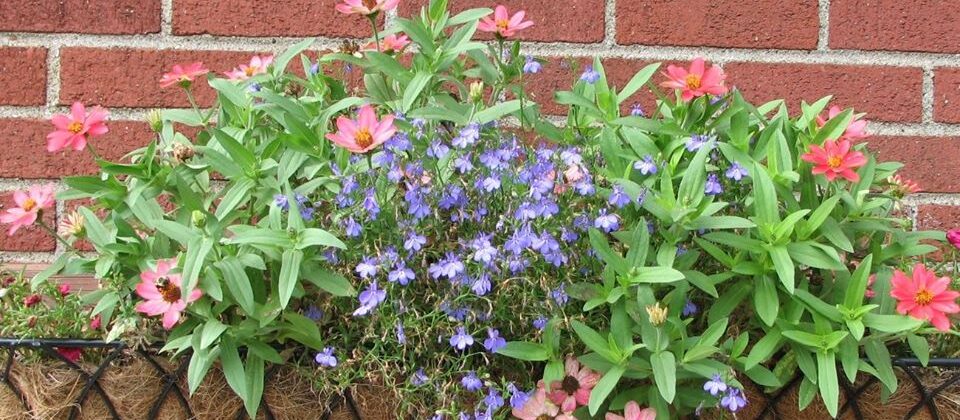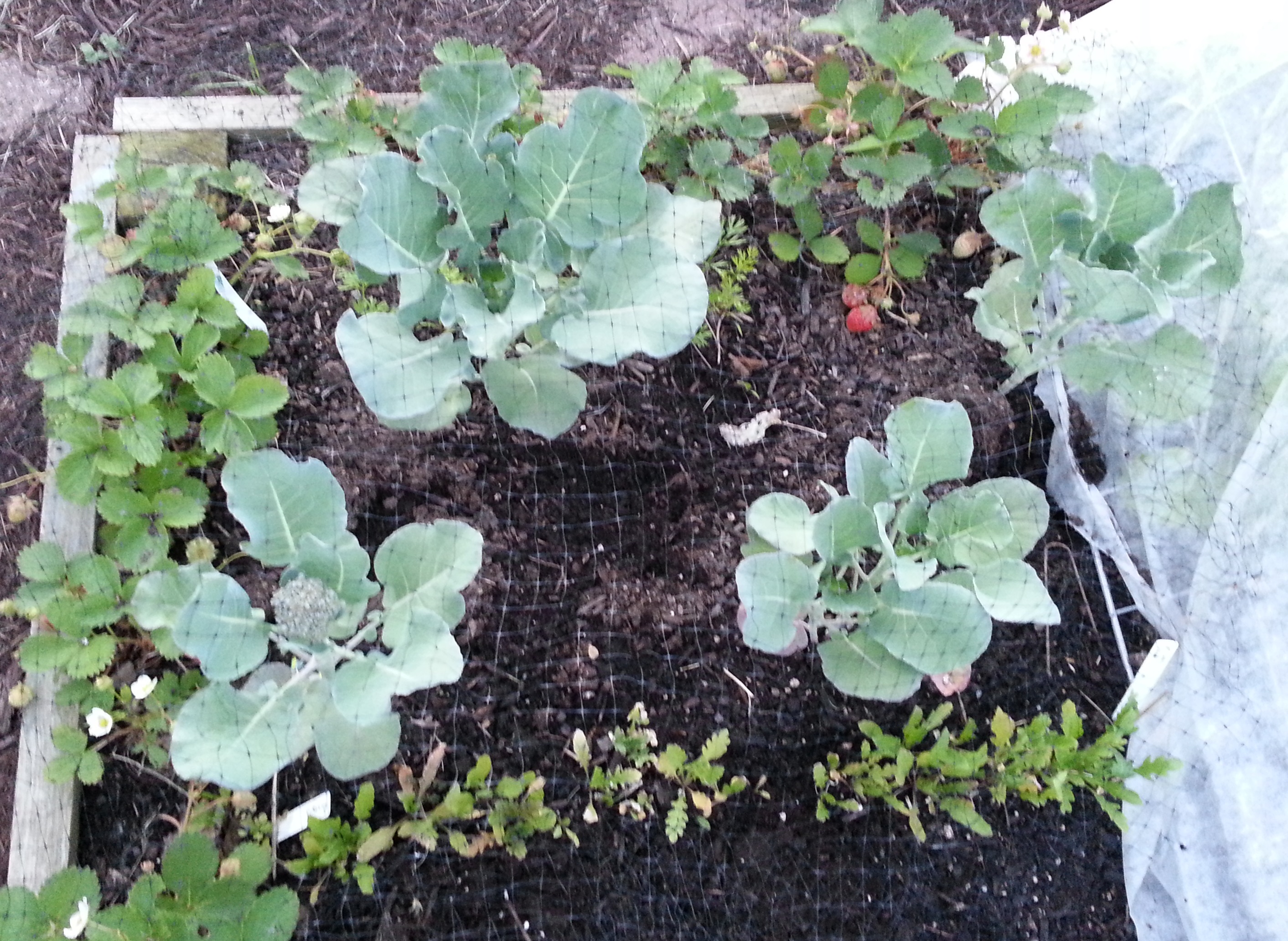The brassica family is also called the cabbage family. If you have been following along with the plant families, you know that the formal name is difficult to pronounce and spell. It will probably get rejected by spell check, but I assure you that it is correct. It is Brassicaceae! Here are some of the members:
Veggies: arugula, brussels sprouts, broccoli, cauliflower, cabbage, bok choy (pac choi), collards, horseradish, kale, kohlrabi, mizuna, mustard, radish, romanesco, rutabaga, tatsoi, turnip, wasabi and watercress
Herbs: wasabi
Blooms: sweet alyssum and candytuft

Similarities: The veggies in the brassica family can get a head start in the cool weather. Also, the flavor of these plants is improved by harvesting in the cool weather. The brassica family is a heavy feeder of nitrogen and enjoys liquid fish and seaweed plant food. The bad bugs (cabbage worms, flea beetles and root maggots) are really pesty with this veggie family. I typically grow most of the vegetables in this family in one raised bed for two reasons: 1) I use row covers in the spring so I can get a head start with planting this family. 2) Once it gets warmer, I will take off the row cover and use small spaced netting over the hoops to keep out the bad bugs.
Differences: While the brassica family includes two perennials (horseradish and watercress), the rest are annuals. For the different members of the cabbage family, there are different parts of the plant that are eaten – the flower buds for brussels sprouts, broccoli and cauliflower, the leaves for arugula, cabbage, kale and tatsoi and the roots for turnips, radish and rutabaga.
I previously updated an article on the legume plant family – check it out!


